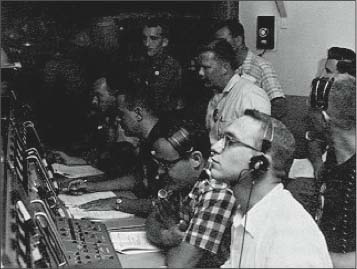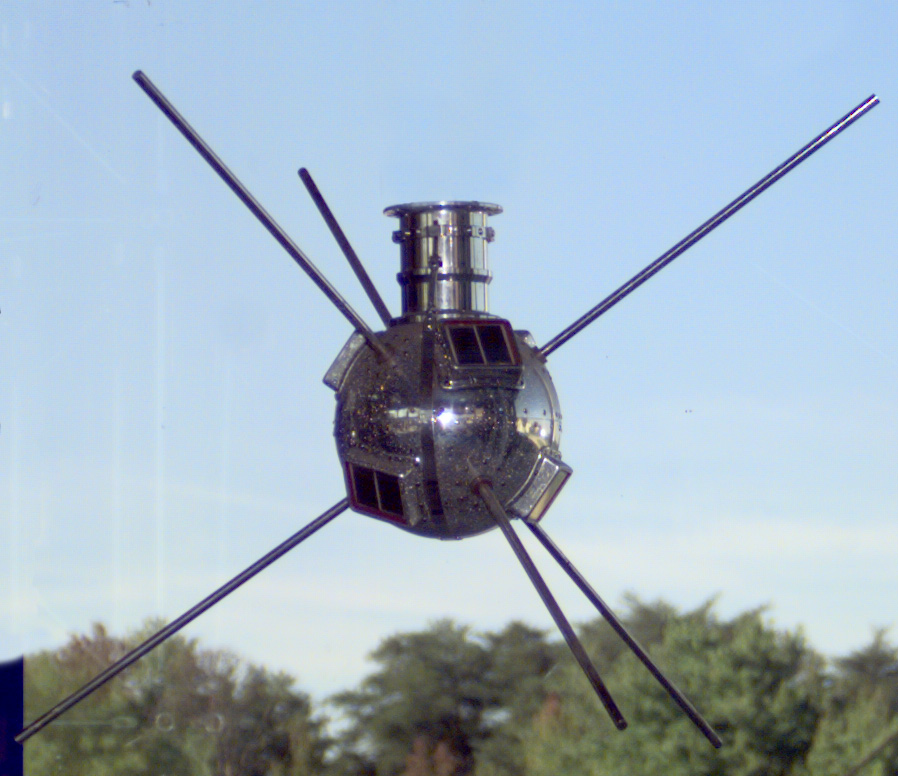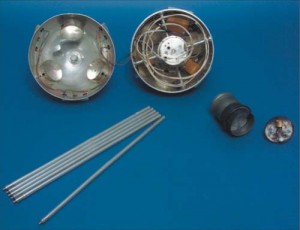
Are you worried about Russia? They may do something first, but we do it best. On March 17, 1958, the United States successfully put its second satellite into orbit: Vanguard 1. It is still there.
Sputnik’s effect
In 1955, the U.S. announced intentions to launch a satellite, but the Soviet Union launched Sputnik 1 in October 1957. This caught us by surprise, and our first satellite, Explorer 1, was launched in January 1958. This was followed by Vanguard, and while Sputnik and Explorer’s orbits decayed, and they burned up on reentry, Vanguard was stable enough to sustain its orbit for 240 years.
Precursor to NASA

Vanguard was a project of the Naval Research Laboratory, and designed to produce data for Earth mapping. One of its first data sets revealed that the Earth is pear-shaped, and not a perfect sphere. NASA was established in July 1958, shortly after the success of the first satellites, and most of the scientists who worked on the Explorer and Vanguard projects then went to work with the new government agency.
Records broken
Vanguard was the first solar-powered satellite, and also reached the highest altitude of any other man-made object up to that date. Thus, the space race began. The Soviets beat us to putting a man in space, but we got a man on the moon first. So they might have done things first, but we did them best. While the first satellite crashed and burned, Vanguard 1 is still racing around this blue planet, like some spherical Wall-E unit, undeterred.
And that’s how I learned to stop worrying.

Nice photo of it disassembled- I’d never seen or imagined the insides before.
Here’s a page showing its location and orbital parameters:
http://heavens-above.com/orbit.aspx?satid=5&lat=0&lng=0&loc=Unspecified&alt=0&tz=UCT
Vanguard 2 is also still in orbit.
Awesome – Thanks for the orbit link. I knew something like that had to exist.
The insides of Vanguard 1 do not look very space age like.